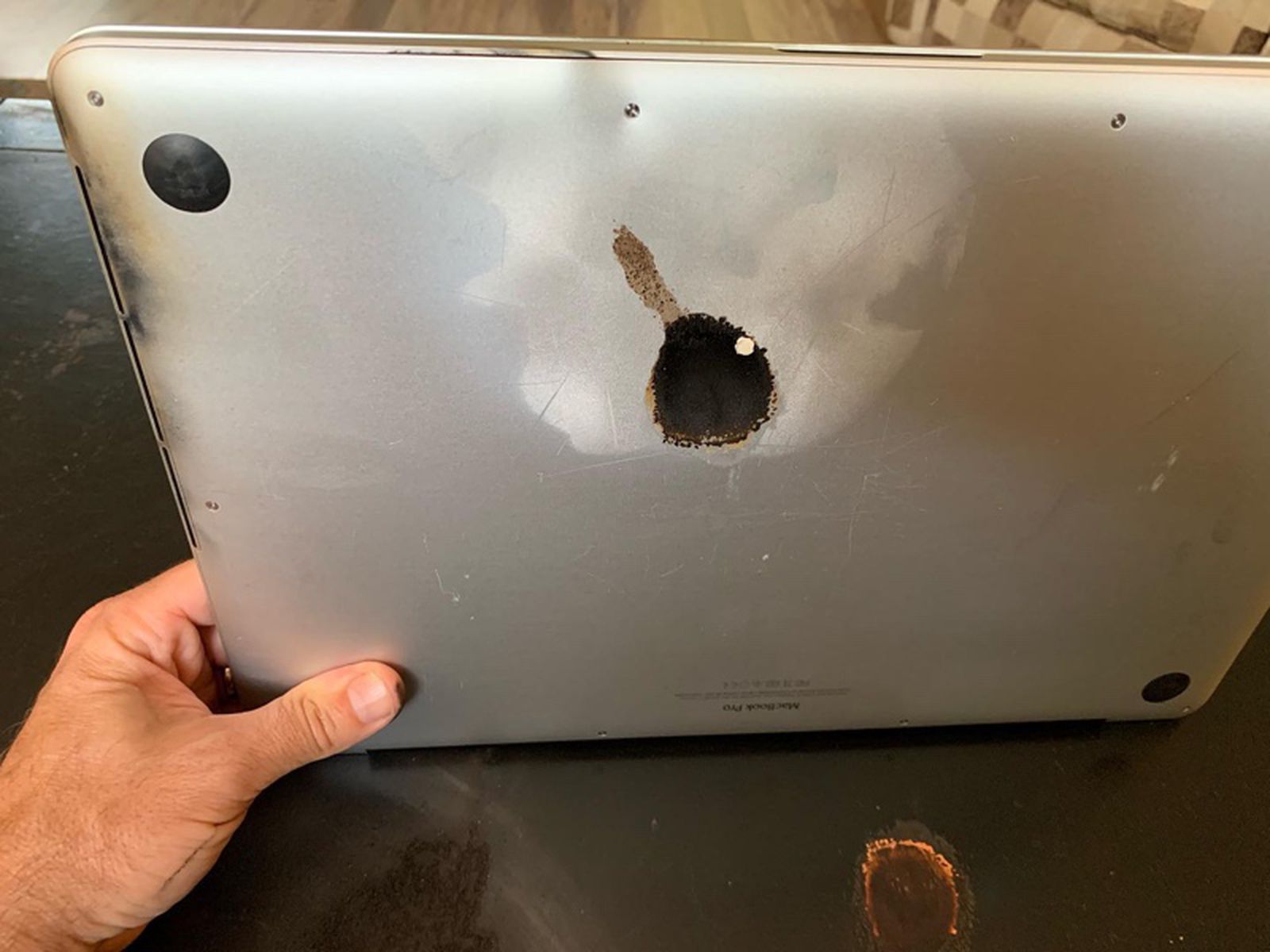How to get updates for macOS Mojave or later
Oct 18, 2019 If any updates are available, click the Update Now button to install them. Or click ”More info” to see details about each update and select specific updates to install. When Software Update says that your Mac is up to date, the installed version of macOS and all of its apps are also up to date.
- Download the standalone updater: OS X Lion Update 10.7.5 (Client Combo) Reboot, and try again a few times. Sometimes it gets through; Try from a friend's house who uses a different ISP. I've seen this happen when an ISP's CDN caches a corrupted copy. Hopefully you can just upgrade to El Capitan and skip this whole thing.
- This message usually shows up as a sheet that drops down from the macOS or OS X installer shortly after you start the install process. It may seem odd but the usual cause is a corrupt installer, and simply deleting the installer app and downloading a new copy will likely fix the issue.
If you've upgraded to macOS Mojave or later, follow these steps to keep it up to date:
Mac Book Keeps Saying Corrupted Image To Combo Software Updates Download
- Choose System Preferences from the Apple menu , then click Software Update to check for updates.
- If any updates are available, click the Update Now button to install them. Or click ”More info” to see details about each update and select specific updates to install.
- When Software Update says that your Mac is up to date, the installed version of macOS and all of its apps are also up to date. That includes Safari, iTunes, Books, Messages, Mail, Calendar, Photos, and FaceTime.
To find updates for iMovie, Garageband, Pages, Numbers, Keynote, and other apps that were downloaded separately from the App Store, open the App Store on your Mac, then click the Updates tab.
To automatically install macOS updates in the future, including apps that were downloaded separately from the App Store, select ”Automatically keep my Mac up to date.” Your Mac will notify you when updates require it to restart, so you can always choose to install those later.
How to get updates for earlier macOS versions
If you're using an earlier macOS, such as macOS High Sierra, Sierra, El Capitan, or earlier,* follow these steps to keep it up to date:
- Open the App Store app on your Mac.
- Click Updates in the App Store toolbar.
- Use the Update buttons to download and install any updates listed.
- When the App Store shows no more updates, the installed version of macOS and all of its apps are up to date. That includes Safari, iTunes, iBooks, Messages, Mail, Calendar, Photos, and FaceTime. Later versions may be available by upgrading your macOS.
To automatically download updates in the future, choose Apple menu > System Preferences, click App Store, then select ”Download newly available updates in the background.” Your Mac will notify you when updates are ready to install.
* If you're using OS X Lion or Snow Leopard, get OS X updates by choosing Apple menu > Software Update.

How to get updates for iOS
Learn how to update your iPhone, iPad, or iPod touch to the latest version of iOS.

Mac Book Keeps Saying Corrupted Image To Combo Software Updates Windows 7
Learn more
- Learn how to upgrade to the latest version of macOS.
- Find out which macOS your Mac is using.
- You can redownload apps that you previously downloaded from the App Store.
- Your Mac doesn't automatically download large updates when it's using a Personal Hotspot.